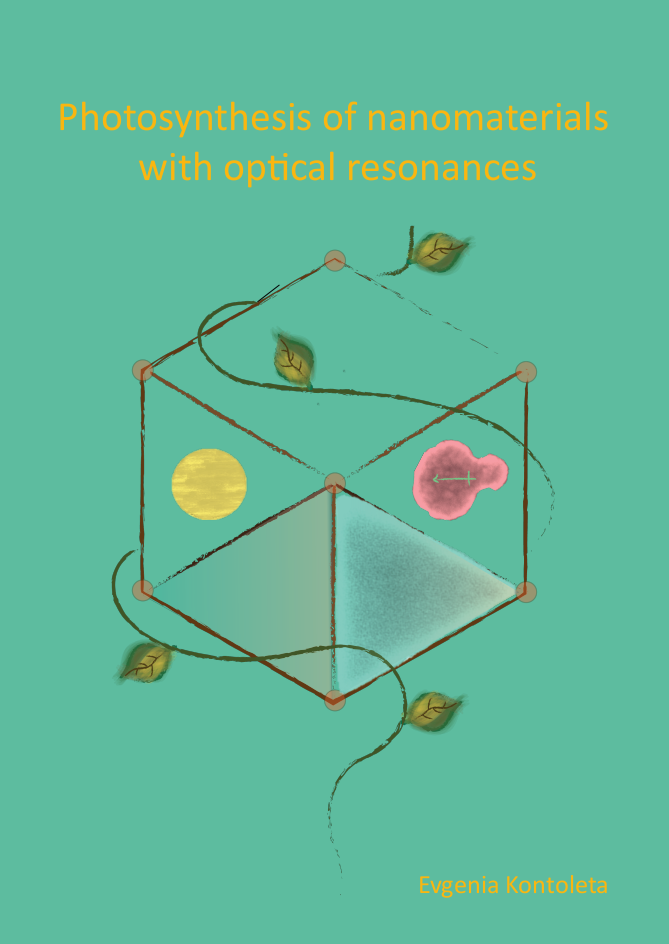Photosynthesis of nanomaterials with optical resonances
Light-matter interactions at the nanoscale have found great applications in photovoltaics and photocatalysis. Semiconductors and metals are two groups of materials where nanostructuring has opened new pathways in the development of light-matter interactions. Both of them have the ability to absorb light efficiently and confine it to very small volumes (hot-spots) through the appearance of optical resonances. Optical resonances of semiconductor and metal nanostructures as well as the location of the hot-spots are highly tunable with the geometry of the nanostructure and the nature of the material. These resonant nanomaterials can be used as platforms for localized generation of carriers, as the result of enhanced light absorption at the hot-spots. The photogenerated carriers can be used to drive chemical reactions at the nanoscale confined close to the hot-spots of the nanostructures. As a result, light can be used as a tool for the spatially controlled occurrence of chemical reactions. In this thesis, we fabricate and investigate how optical resonances of both semiconductor and metal nanostructures can be used for selective deposition of new nanomaterials at the hot-spots with the aim of designing hierarchical nanostructures which could play a role in photocatalysis.



